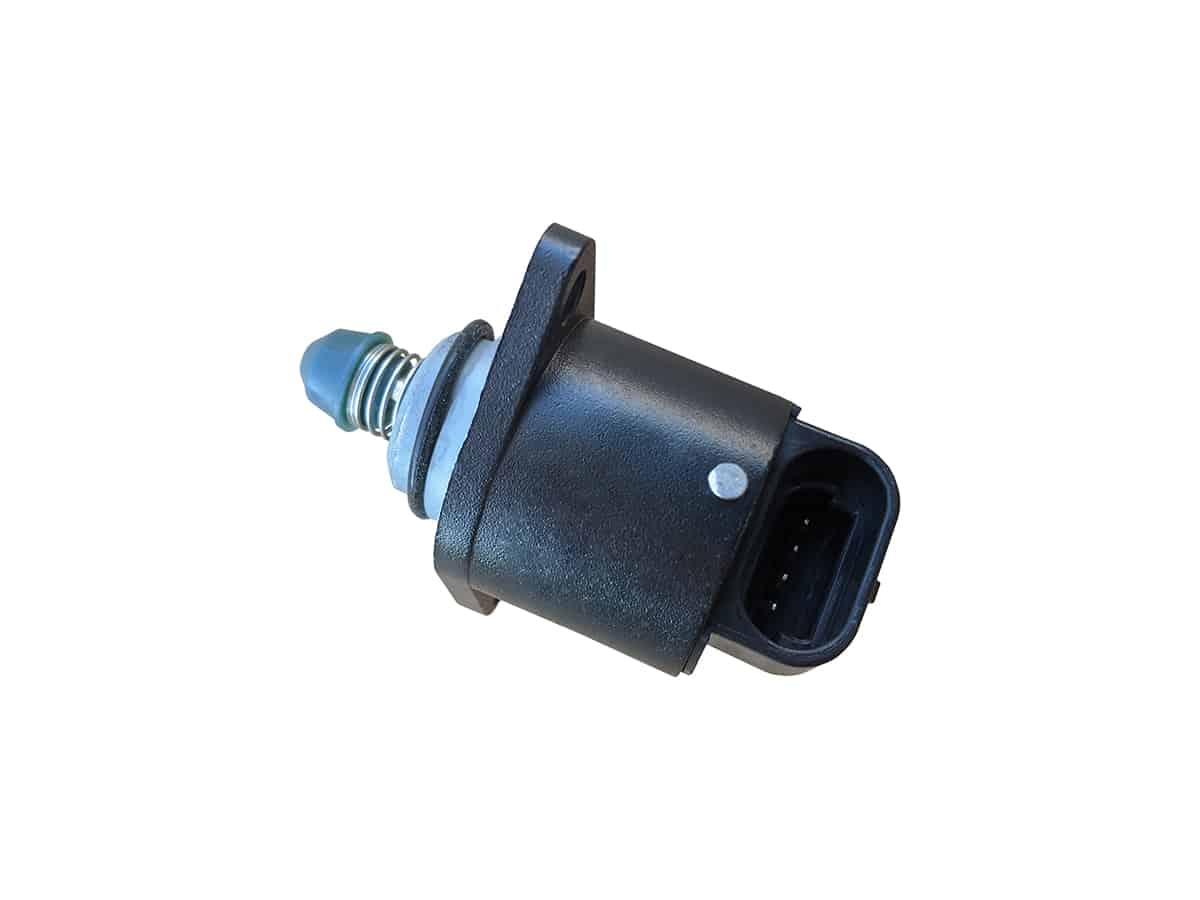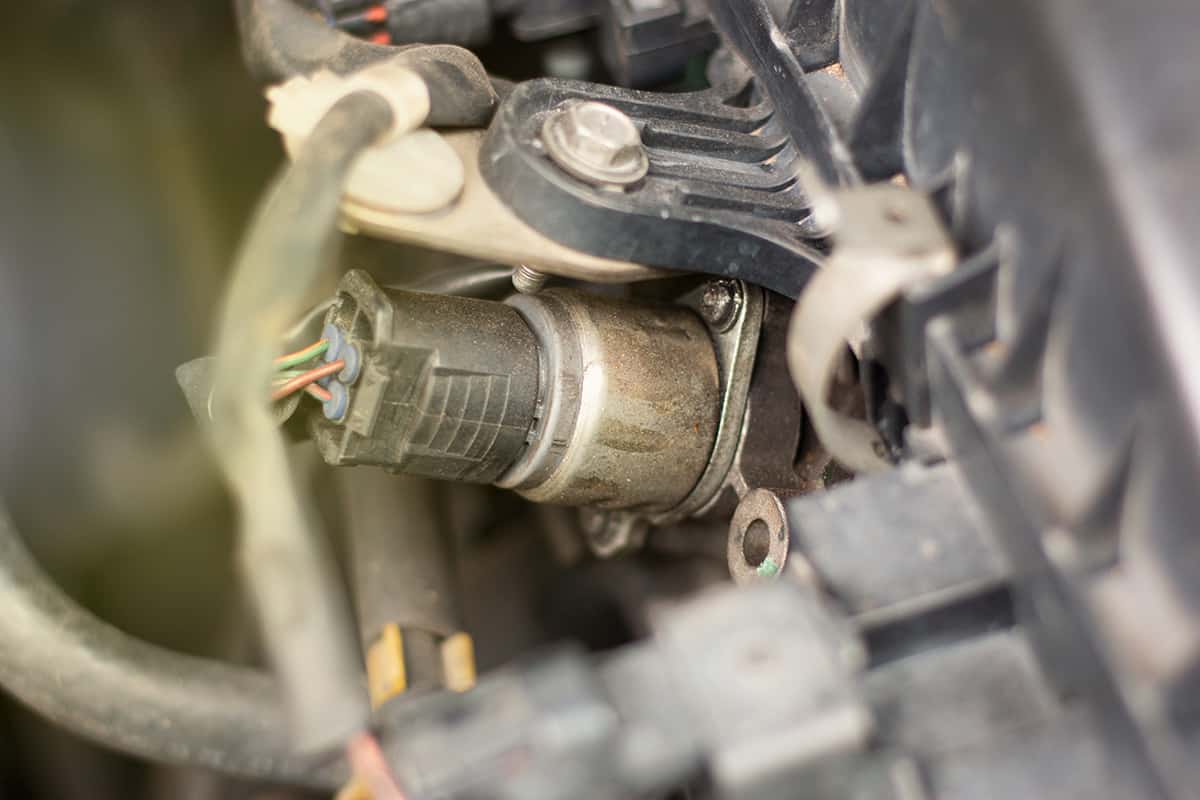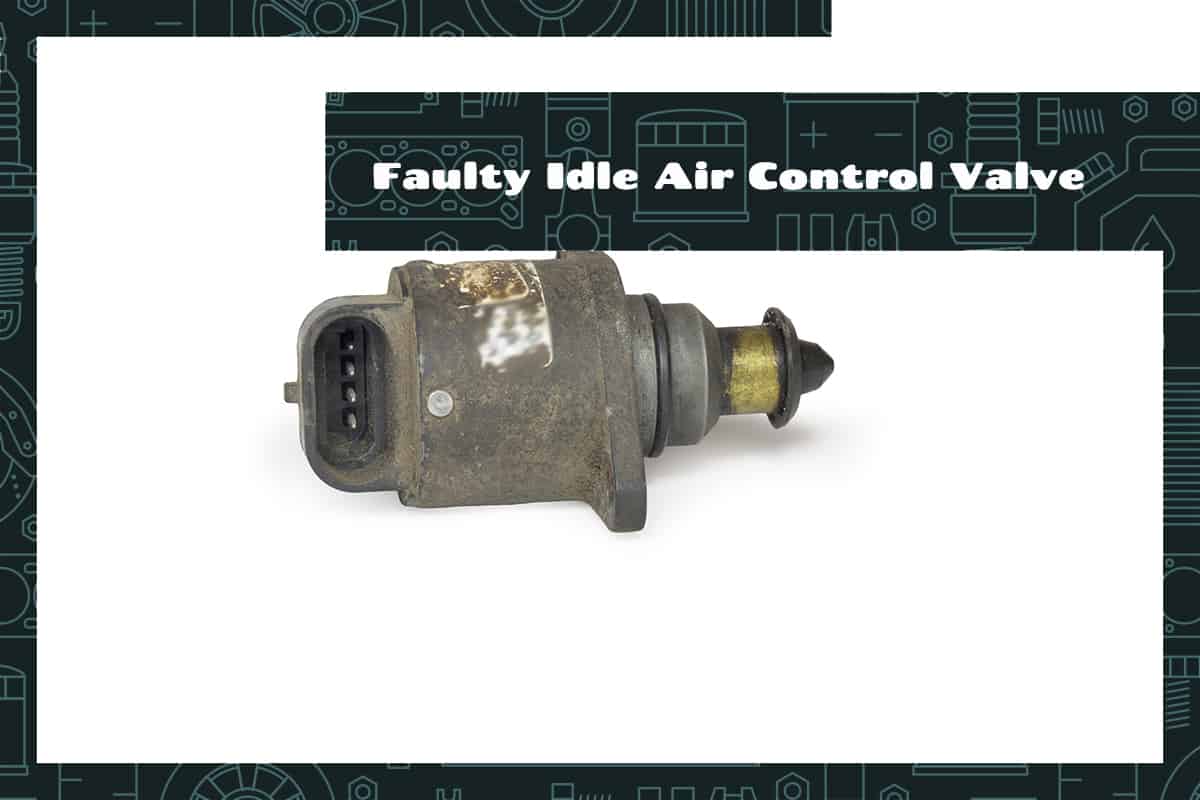The IACV regulates the engine’s idle speed by managing the amount of air that bypasses the throttle when it’s closed. When it starts to falter, it can lead to noticeable changes in your vehicle’s performance.
Key symptoms of a faulty IACV can include unusual idling behavior, difficulty starting the car, unexpected stalling, and erratic RPM fluctuations. In some cases, your check engine light may also come on. Addressing a faulty IACV usually involves either cleaning the valve or replacing it entirely, depending on the severity of the issue.
This comprehensive guide will explain the IACV’s function in more detail, the reasons behind its malfunction, and how to fix a faulty IACV.
What Does the Idle Air Control Valve Do?

In basic terms, the IACV helps control the engine’s idle speed. The engine needs a certain amount of air and fuel to keep running even when you’re not pressing the accelerator. The IACV ensures the correct quantity of air is allowed into the engine during idle to maintain the ideal RPM (revolutions per minute) for smooth engine operation.
How the IACV Interacts with Other Car Systems
The IACV is a component of your vehicle’s engine management system, which includes other parts like the Engine Control Unit (ECU), throttle body, and Mass Air Flow (MAF) sensor. It operates in tandem with these systems to ensure smooth engine operations.
The ECU sends signals to the IACV based on the information it receives from various sensors in the engine. For example, when the engine temperature is low, such as during a cold start, the ECU sends a signal to the IACV to allow more air into the engine. Once the engine is warm, the ECU instructs the IACV to reduce the amount of air.
During driving conditions where additional air is required, like when the air conditioning is on or when there is additional load on the engine, the ECU communicates this need to the IACV, which adjusts accordingly to maintain the desired idle speed.
The Role of the IACV in Vehicle Performance
The importance of maintaining optimal idle speed cannot be understated. Too high or too low idle speed can cause various issues, such as engine misfires, poor fuel efficiency, increased emissions, or uneven power delivery.
The IACV contributes to the readiness of the vehicle. During a cold start, the IACV ensures the engine idles at a higher speed to warm up quickly, reducing engine wear and emissions. It also helps handle increased engine load when operating additional systems like the power steering or air conditioning, ensuring the vehicle continues to operate smoothly under these conditions.
Symptoms of a Faulty Idle Air Control Valve
A faulty or dirty ICV can exhibit one or many of the following symptoms:
1. Unusual Idling Behavior
The IACV’s primary role is to regulate your car’s idle when the accelerator isn’t pressed. When the IACV is faulty, it may cause the idle speed to deviate from the ideal range, leading to rough or erratic idling.
Your vehicle might idle at high RPMs (a condition often termed as idle/engine surge) or extremely low RPMs (idle hesitation), causing the car to shake or vibrate excessively. In more severe cases, the car might even stall during idle.
2. Difficulty in Starting the Car
During a cold start, the IACV typically allows more air into the engine to aid in warming up. However, if the IACV is malfunctioning, it may fail to adjust the air-fuel mixture properly, leading to issues during startup. Your car may take more attempts to start, or the engine might cut out shortly after starting.
3. Unexpected Stalling
This symptom occurs because a malfunctioning IACV may not provide the required amount of air to maintain the engine running at idle. These stalls can be more than just an inconvenience—they can be dangerous if they happen while you’re driving.
4. Erratic RPM Fluctuations
Instead of a steady RPM reading on your dashboard, you may see the numbers jumping up and down without any input on the accelerator. This fluctuation is a sign that the IACV is not regulating the air flow properly.
5. Check Engine Light Indication
If the onboard diagnostics system identifies a problem with the IACV, it may trigger the Check Engine Light on your dashboard. However, the Check Engine Light can indicate a variety of issues, not just with the IACV.
Causes of IACV Failure

IACV failure can be attributed to various reasons, from simple wear and tear to more complex issues related to other engine components.
1. Wear and Tear
The moving parts within the IACV can wear out, causing the valve to fail. Routine checks and maintenance can help in catching and addressing this issue before it advances.
2. Carbon Buildup
As the engine operates, it can produce carbon deposits that accumulate over time. If these deposits start to build up within the IACV, it can affect the valve’s ability to control the airflow accurately, leading to various symptoms like rough idling or difficulty in starting the car.
3. Dirty or Clogged Air Filters
Air filters keep air entering your engine clean and free from harmful debris. If these filters become clogged or dirty, they can lead to reduced airflow. In turn, this could place additional strain on the IACV as it tries to maintain the correct idle speed, leading to potential failure.
4. Vacuum Leaks
These leaks can cause the engine to suck in more air than necessary, disrupting the air-fuel balance. The IACV may struggle to compensate for this extra air, leading to a range of issues, including stalling or high idle speed.
5. Electrical Problems
These could include problems with the wiring, corrosion in the connector, or faults in the IACV’s control circuit. If electrical problems are causing the IACV to malfunction, it may require professional inspection and repair.
How to Fix a Faulty IACV
Fixing a faulty IACV might involve cleaning, adjusting, or replacing the component.
Cleaning the IACV
In many cases, a dirty IACV can be the root cause of the problem. Here’s how to clean it:
- Removing the IACV: Begin by locating the IACV, typically found near the intake manifold. Disconnect the electrical connector and remove the screws holding the IACV in place to detach it.
- Cleaning Process: Use a throttle body cleaner or carburetor cleaner to spray the IACV thoroughly. Avoid using a wire brush or abrasive materials as these can damage the component.
- Reinstallation: Once the valve is clean and dry, reinstall it, ensuring to securely fasten the screws and reconnect the electrical connector.
Adjusting the IACV
Adjusting the IACV can help resolve issues caused by misalignment or incorrect settings.
- Locating and Disconnecting: As in the cleaning process, you’ll need to locate the IACV and disconnect the electrical connector.
- Adjustment: The adjustment process may vary depending on the vehicle’s make and model. Generally, it involves adjusting a screw on the IACV or using a specific procedure through the car’s computer system.
- Reconnecting: After adjusting the IACV, reconnect the electrical connector, ensuring it’s secure.
Replacing the IACV
If cleaning and adjustment don’t solve the problem, or if the IACV is severely damaged or worn out, it may require replacement.
- Removing the Old IACV: Disconnect the electrical connector and remove the screws holding the IACV. Carefully take out the old valve.
- Installing the New IACV: Install the new IACV in place, ensuring it aligns properly. Fasten the screws and reconnect the electrical connector. Replacing a faulty IACV usually costs between $100 and $500.
- Test Drive: After replacing the IACV, take your car for a test drive. Check if the previous symptoms have been resolved.
Professional Assistance
If you’re not comfortable performing these steps yourself, or if the issue persists after your attempts to fix it, you should seek professional help. A certified mechanic can perform a thorough diagnosis and repair of the IACV.






